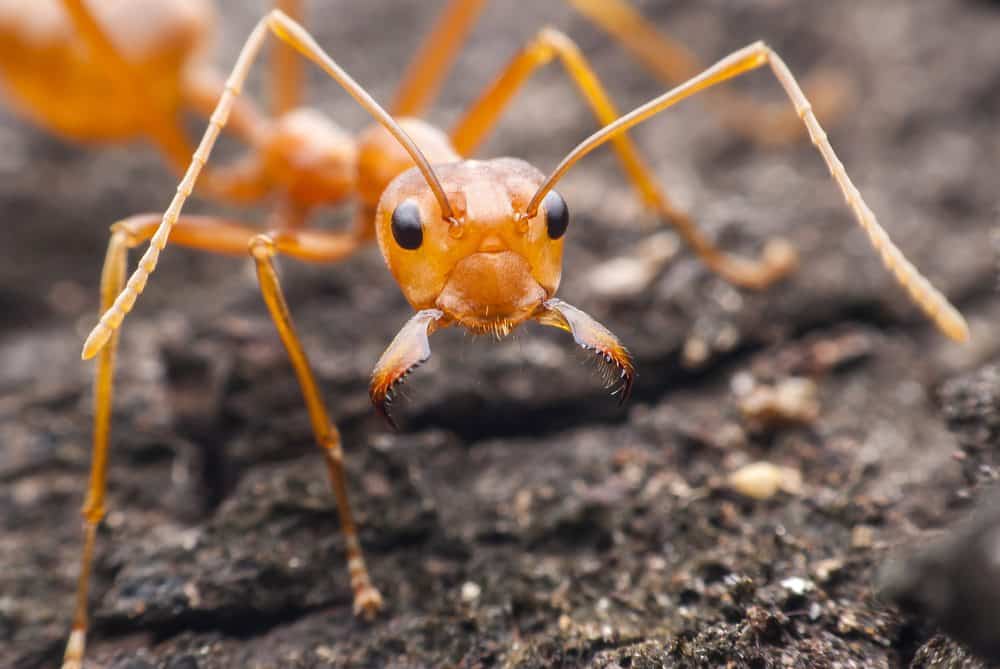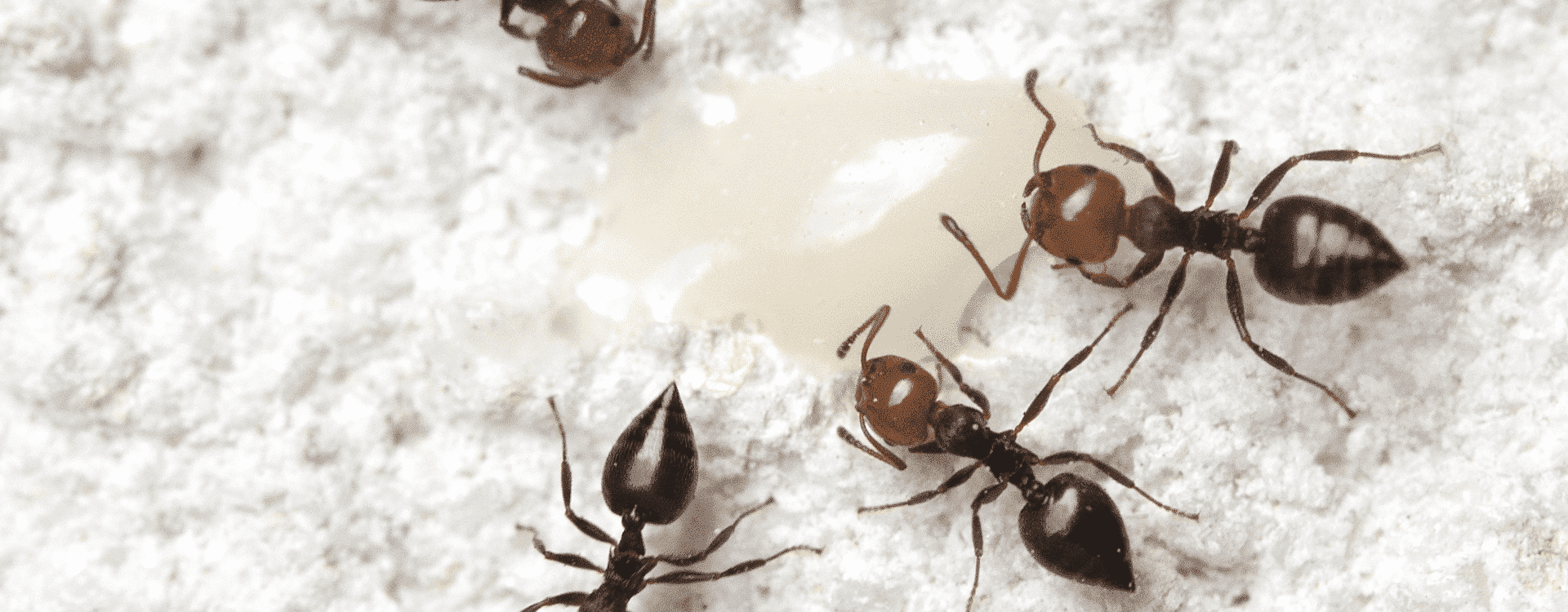Ants Could Help Us Develop Novel, Potent Antibiotics
You probably don’t think about them much. They’re small and there’s probably a ton of them in your front yard right now. But with ants there is so much more than meets the eye.
Now, in an addition to this list of all the wondrous things about these little critters, a new study has identified some ant species that make use of powerful antimicrobial agents – but found that 40 percent of ant species tested didn’t appear to produce antibiotics. The study has applications regarding the search for new antibiotics that can be used in humans.
“These findings suggest that ants could be a future source of new antibiotics to help fight human diseases,” says Clint Penick, an assistant research professor at Arizona State University and former postdoctoral researcher at North Carolina State University who is lead author of the study.
“One species we looked at, the thief ant (Solenopsis molesta), had the most powerful antibiotic effect of any species we tested – and until now, no one had even shown that they made use of antimicrobials,” says Adrian Smith, co-author of the paper, an assistant research professor of biological sciences at NC State and head of the
NC Museum of Natural Sciences’ Evolutionary Biology & Behavior Research Lab.
Pathogens and parasites exert strong selective pressures on social animals due to the dense living conditions of social animals and the high genetic relatedness among group members. In response, social species have evolved numerous strategies to combat pathogen spread
In addition to individual immune responses, social species employ public health strategies to stop the spread of pathogens before they become prevalent. In social insects such as ants, these strategies represent a form of external immunity that includes grooming behaviours and the secretion of antimicrobial compounds whose function is akin to our antibiotics. Because of the production of these antimicrobial compounds, the identification of these social insects as promising sources of new and diverse antibiotics comes with little surprise.
In the course of this study, researchers tested the antimicrobial properties associated with 20 ant species; using a solvent to remove all of the substances on the surface of each ant’s body. The resulting solution was then introduced to a bacterial slurry. The growth of the bacteria in the slurry was then compared to the growth of bacteria in a control group. If bacteria in slurry that contained ant solution grew less than the control group, which meant that an antimicrobial agent was at work. For example, the slurry containing thief ant compounds showed no bacterial growth at all.
The team found that 12 of the 20 ant species had some sort of antimicrobial agent on their exoskeletons – including some species, like the thief ant, that hadn’t previously been shown to do so. But eight of the ant species seemed not to make use of antibiotics at all.
“Finding a species that carries a powerful antimicrobial agent is good news for those interested in finding new antibiotic agents that can help humans,” Smith says. “But the fact that so many ant species appear to have little or no chemical defense against microbial pathogens is also important.”
“We thought every ant species would produce at least some type of antimicrobial,” Penick says. “Instead, it seems like many species have found alternative ways to prevent infection that do not rely on antimicrobial chemicals.”
“The fact that not all ants use antimicrobials highlights the importance of refining our search for species that actually do hold promise for biomedical research,” Smith says.
“For example, the thief ant is closely related to the red imported fire ant (Solenopsis invicta), which is well known for the antimicrobial properties of its venom. But in our study, we found that the thief ant was even more effective against bacteria than the fire ant. There may be other species in the same genus that are worth studying for their antimicrobial potency.”
The researchers caution that this study is a first step, and that this study does have limitations. For example, the researchers used only one bacterial agent in their tests, meaning it is not clear how each species would fare against other bacteria. “Next steps include testing ant species against other bacteria; determining what substances are producing the antibiotic effects – and whether ants produce them or obtain them elsewhere; and exploring what alternative strategies ants use to defend against bacterial pathogens,” Smith says.
























Very interesting topic for research…